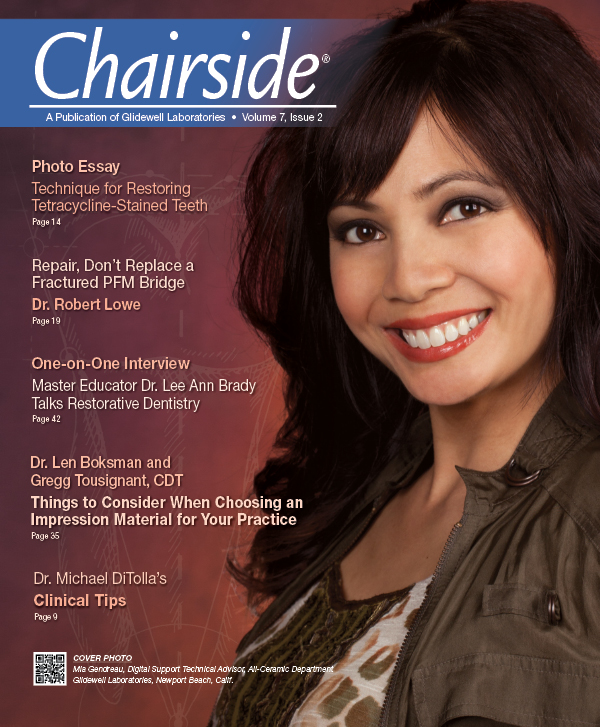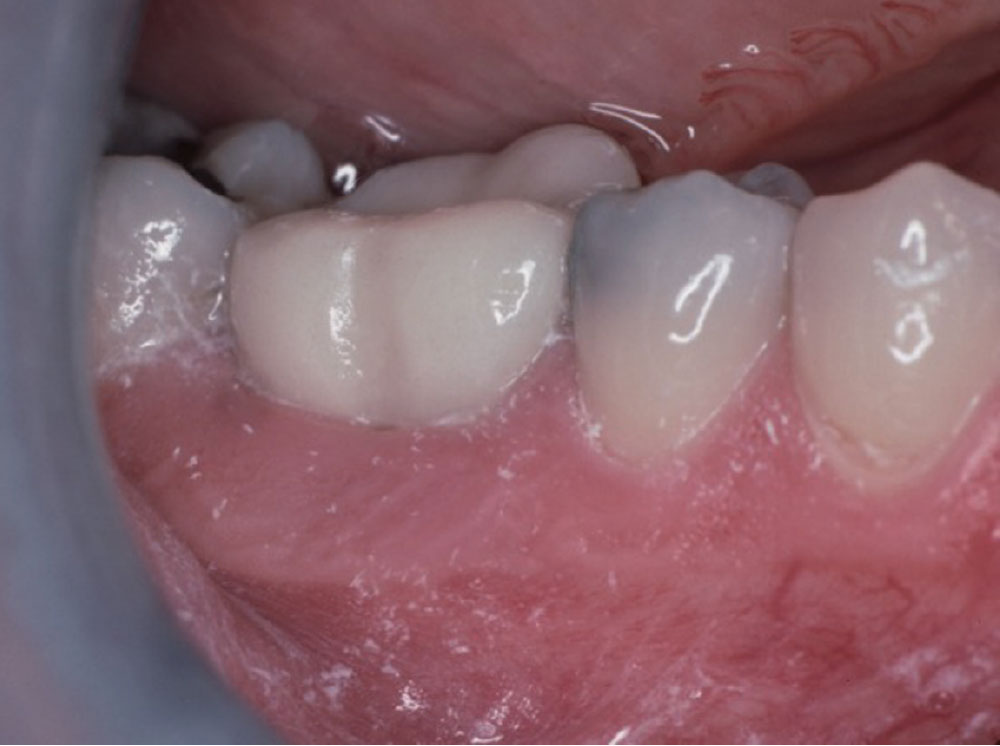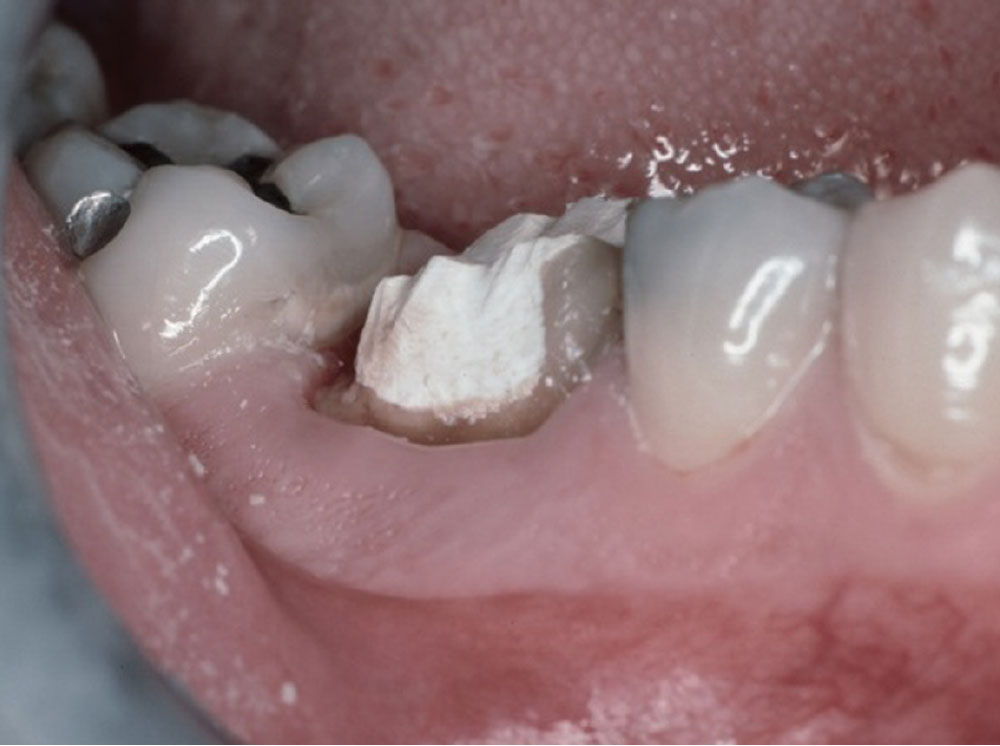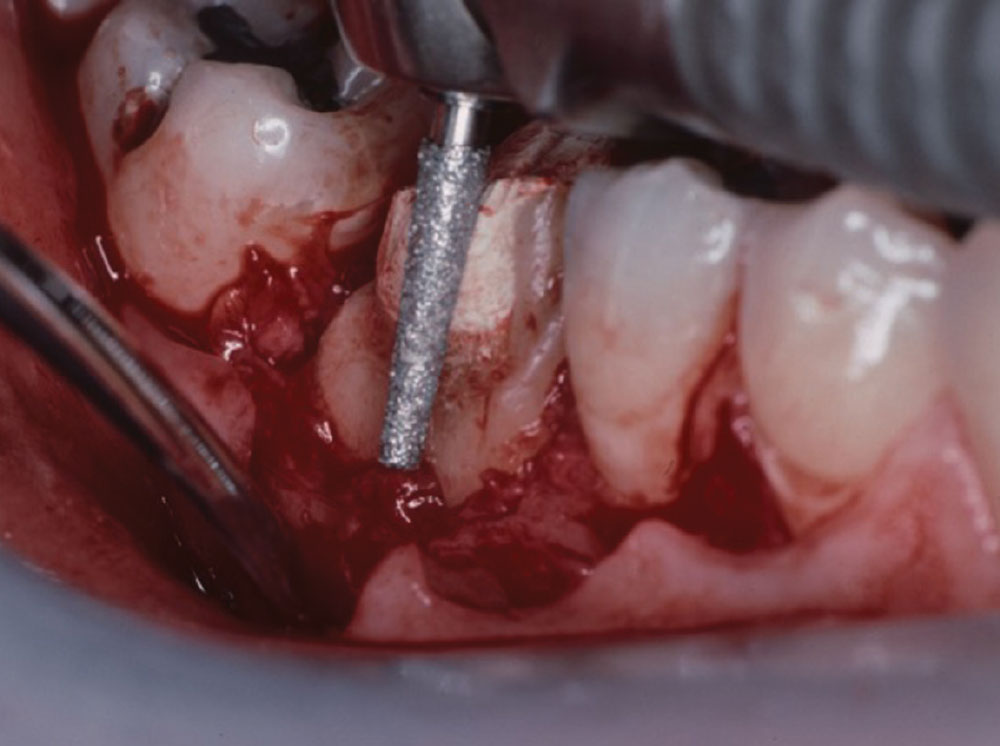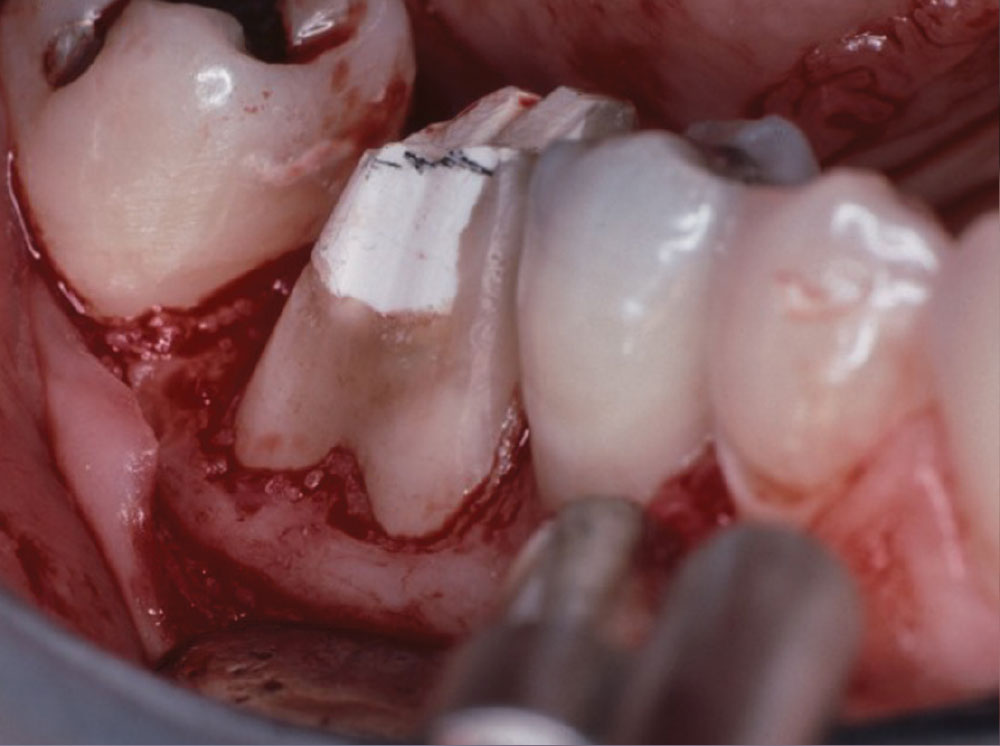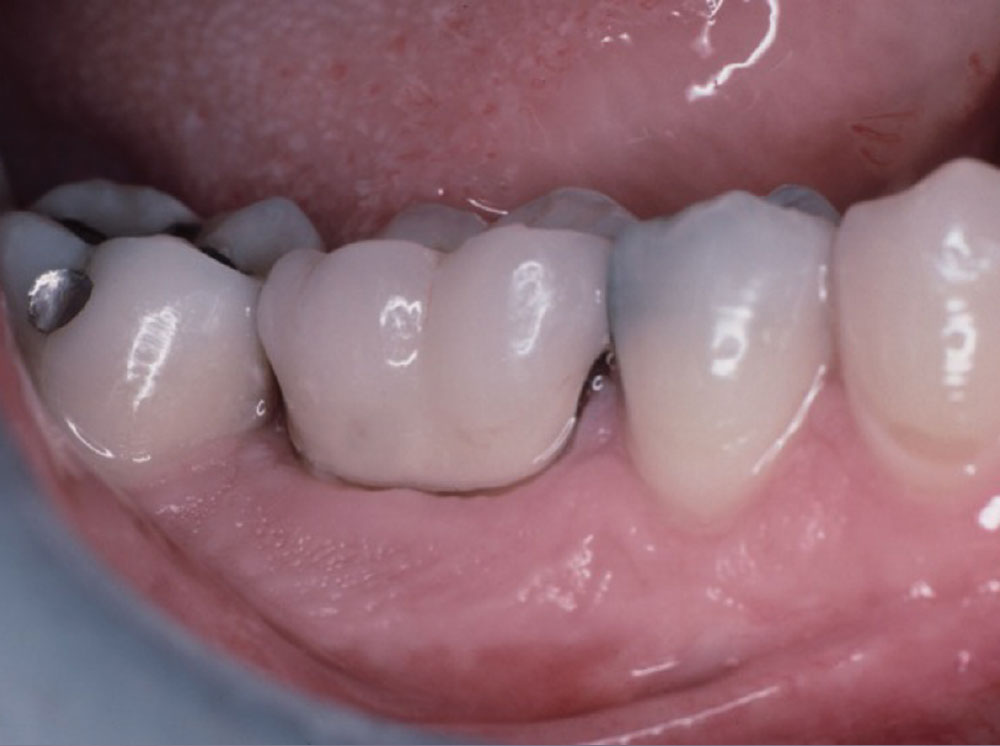Biologic Shaping: An Alternative to Extracting a Tooth with a Severe Fracture
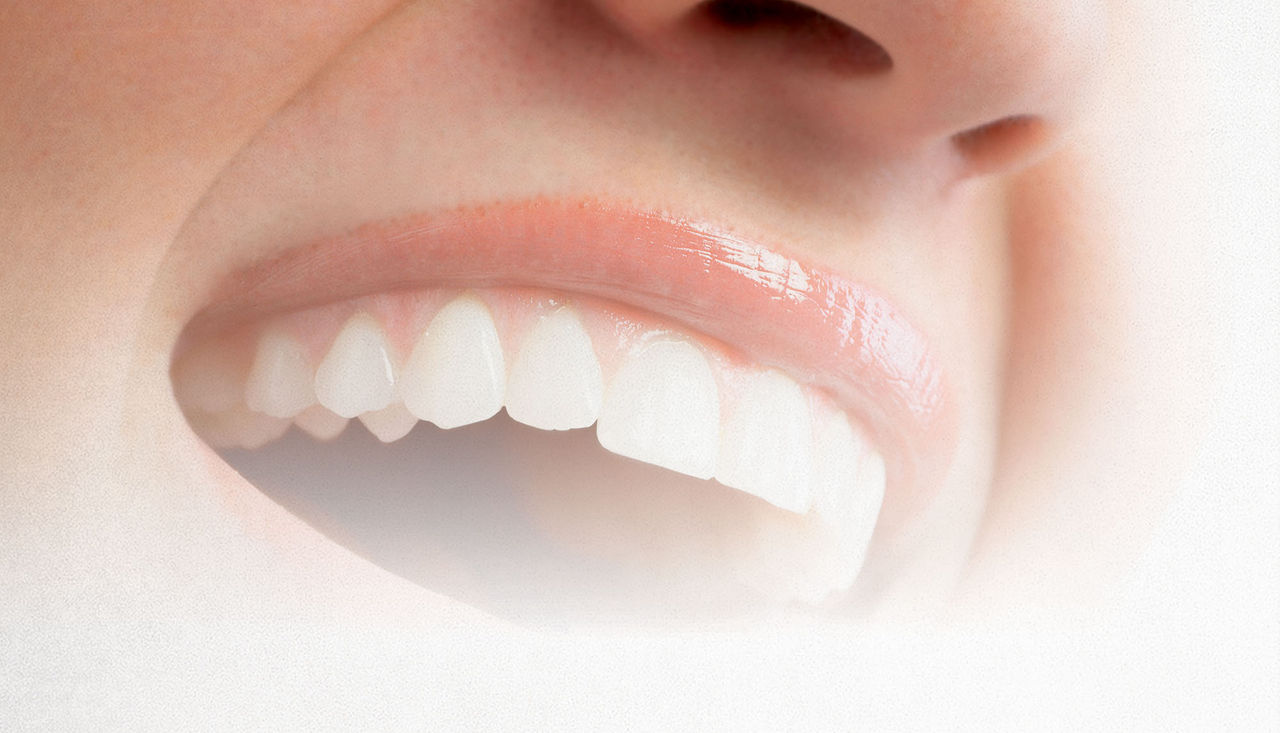
When a cusp of a tooth is fractured subgingivally approximating the bone, extraction is a commonly considered treatment, due to concern about the significant bone removal required by other procedures to create space for the biologic width. That being said, addressing this primary concern of removing bone to create space for the biologic width presents the alternative procedure of biologic shaping.
The premise for traditional crown lengthening to preserve a fractured tooth is that the surgeon must remove enough bone, starting from the most apical portion of the fracture, to create space for the biologic width. This method can result in a significant loss of bone, tooth mobility and, if the fracture is located near the furcation, a compromised furcation area.
Biologic shaping offers an alternative to conventional crown lengthening through removal of the fractured portion of the tooth, allowing for a new biologic width to reform without significant removal of bone. The case presented here illustrates this technique.
Case Example
Conclusion
When performing traditional crown lengthening for a fractured tooth, the potential need to remove excessive bone to create space for the biologic width is cause for concern. Conventional thinking is to locate the apical location of the fracture and start removing bone from that point. With biologic shaping, however, the fractured portion of the tooth is removed first to preserve as much bone as possible. This conservative procedure can avoid excessive removal of bone and help preserve bone in the furcation area, leading to long-term stability and a successful restorative outcome.
Dr. Daniel Melker is in private practice in Clearwater, Florida, and lectures nationwide on periodontics. Contact him at 727-725-0100.

